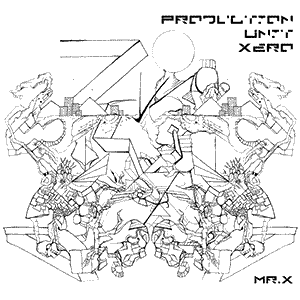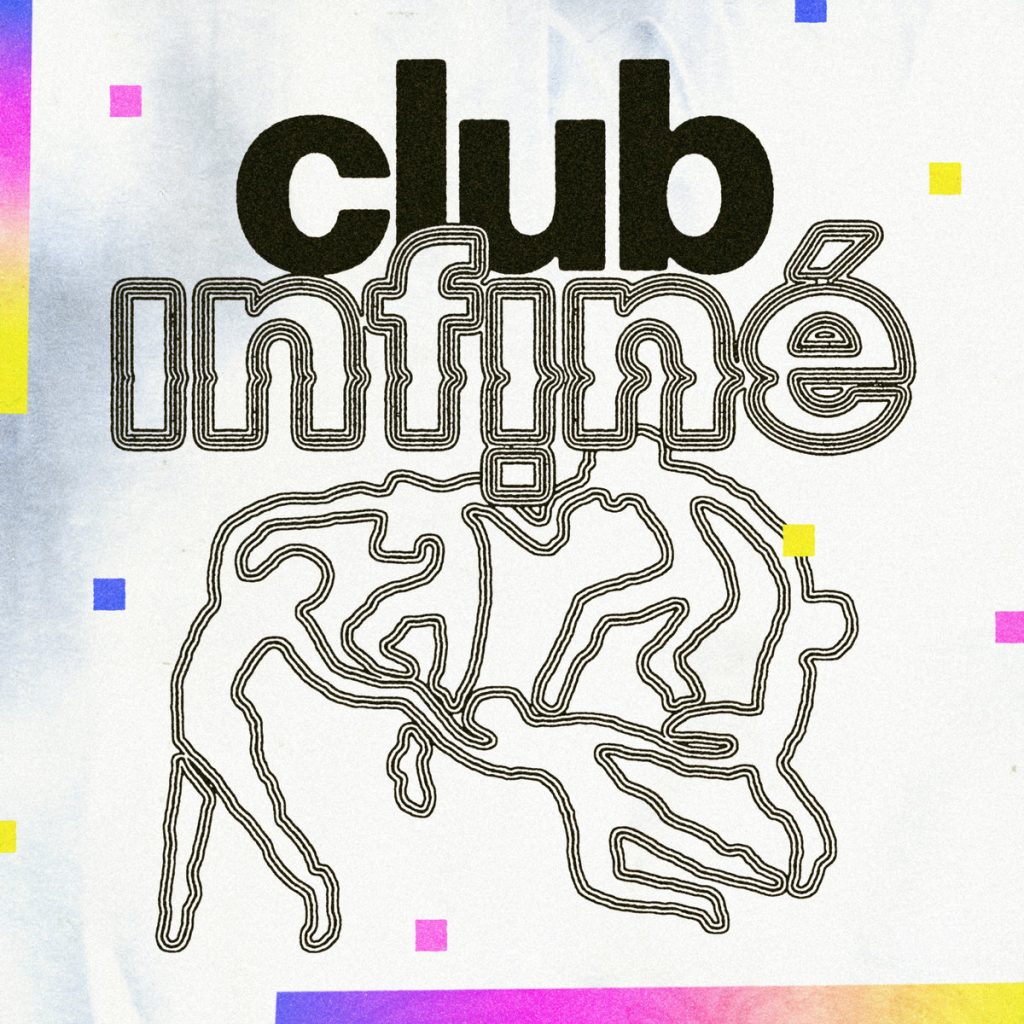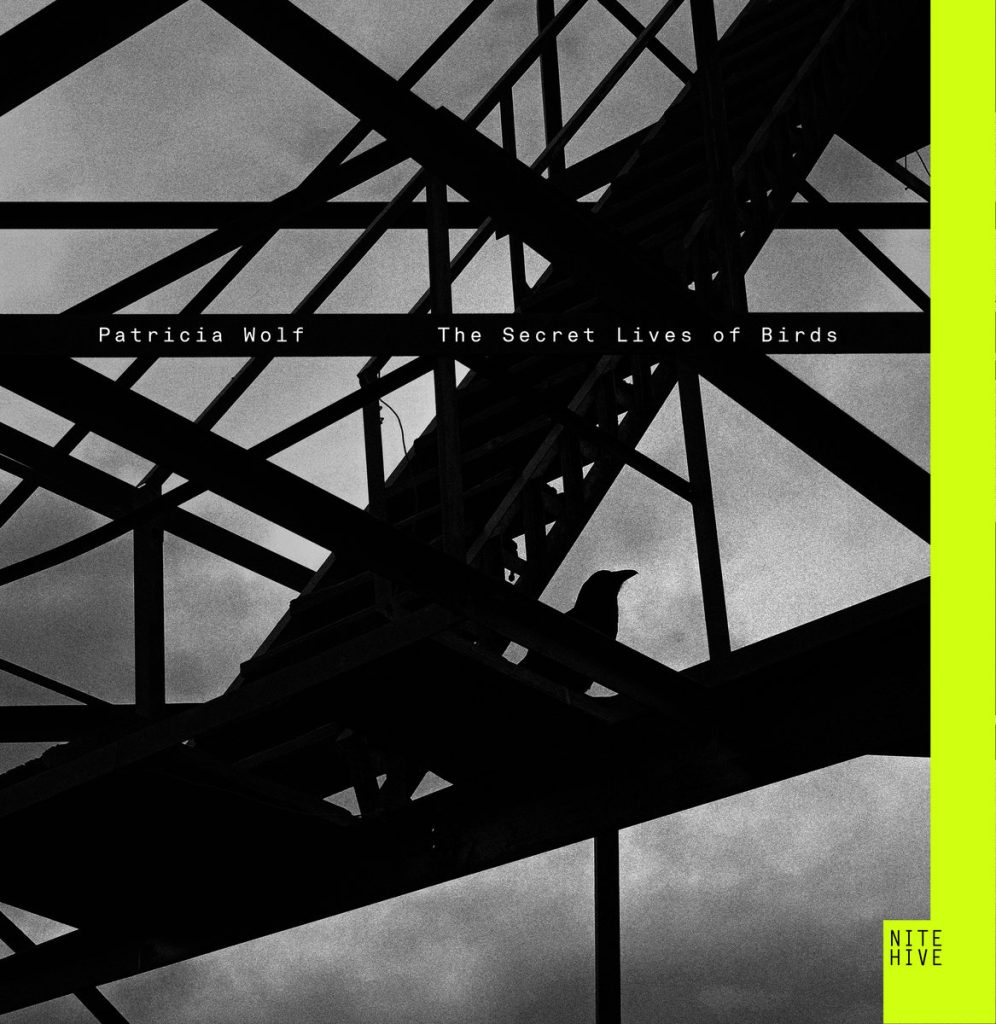What is Dub Techno?
“Dub Techno” is a subgenre of electronic music that emerged in the 1990s and is characterized by its use of deep, resonant basslines, atmospheric textures, and sparse, echo-laden beats. The genre is heavily influenced by the dub music of Jamaica and the techno music of Detroit, and it is known for its spacious and atmospheric production style. Dub techno often incorporates elements of ambient music, such as atmospheric pads and soundscapes, and is characterized by its use of reverb, echo, and other sound-manipulating effects.
The genre is known for its focus on creating a mood or atmosphere through sound, and for its use of repetitive, hypnotic rhythms. Dub techno is often slow-paced and meditative, and is often used as background music for meditation, yoga, or other contemplative activities. The genre is also associated with the emerging techno scenes in cities such as Berlin and London in the 1990s, and continues to be an influential subgenre of electronic music.
Overall, “Dub Techno” is a genre that is known for its atmospheric, spacious, and contemplative production style. It is a genre that has had a lasting impact on the electronic music scene and continues to be an important subgenre of techno music.




